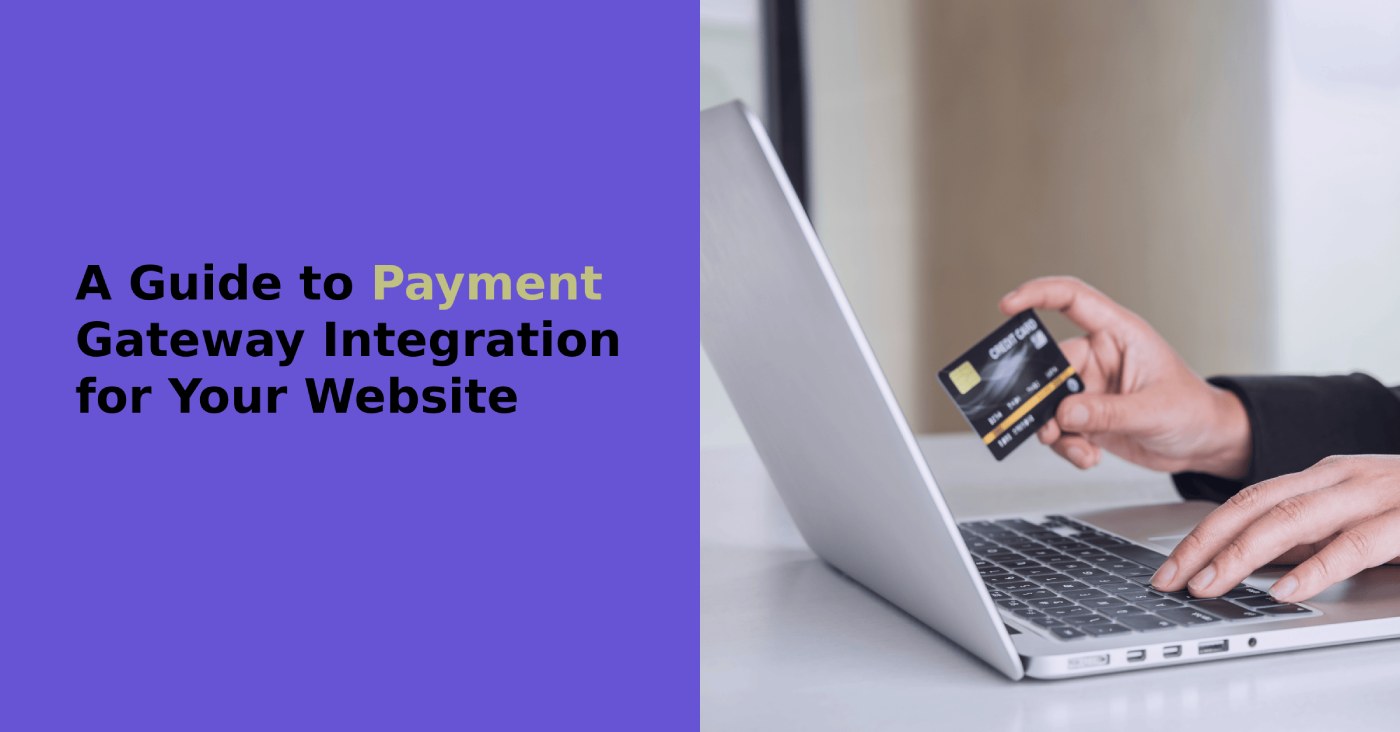Payment system integration is a critical component of any successful organization. Online stores. Applications for the provision of services. Booking platforms. All of them need reliable transaction acceptance mechanisms. That’s why website owners need to know how to set up payment systems and integrate them into their website to meet the needs of customers and ensure smooth operation. From this perspective, payment gateway integration is a key element that allows you to guarantee security, process online transactions, and serve customers efficiently.
Payment Gateway and the Function of Payment Gateway Services
A payment gateway enables businesses to accept electronic fees by acting as an intermediary between the seller, buyer, and financial service providers, processing financial data and ensuring its secure transmission. It is an essential component of any e-commerce system since it maintains the integrity and security of financial transactions. Payment gateway integration may appear difficult, yet it is essential for any organization that wishes to accept online purchases. Payment gateways offer various integration options. From simple forms for entering remittance data to complex solutions that support multiple currencies and remittance methods. It is essential to understand that the right choice and integration of a payment gateway affects:
- user experience,
- transaction security,
- overall efficiency of the online business.
Many firms provide payment gateway integration services, which assist with the setup and integration of payment gateways on websites. These services are especially handy for those who lack the technical knowledge necessary to set up their own gateways. Choosing a reliable provider of such services helps reduce the complexities and risks associated with managing payment transactions. As for the role of payment gateway services, they provide a wide range of options for businesses that want to accept online transactions. They ensure secure data transfer between the merchant and banking institutions. This is critical for maintaining customer trust. These services also include:
- fraud protection,
- the ability to process multiple currencies,
- support for various payment methods (debit cards, credit cards, e-wallets).
How to Choose the Payment Gateway Properly
It is vital to consider the following key factors. By taking these factors into account, you will be able to select the ideal payment gateway for your company’s needs.
- Compatibility
The payment gateway you choose should support different financial methods. This is important for international transactions.
- Security
Check that the payment gateway conforms with the Payment Card Industry Data Security Standard. This will ensure that financial data is protected.
- Easy integration
Some gateways offer simple interfaces for quick setup. Others require more technical knowledge to set up payment API integration.
- Customer support
Reliable technical support is always important. Especially at the initial stages of setting up a payment gateway.
- Fees
Consider transaction fees and possible additional costs. For example, gateway support or maintenance.
How to Set Up a Payment System
Setting up a fee system is a key stage for any business. It provides the ability to accept online transactions, which significantly expands the opportunities for development.
The process of setting up fee on a website can be divided into the following stages.
- Register on the payment gateway platform
Choose a financial service and create an account on its platform.
- Obtaining API keys
After registering, you will receive unique API keys. You will use them for integration.
- Integrating the API on the website
Using a payment gateway API integration is an important step. The API helps your website:
– to communicate with the payment gateway,
– to transfer data for transaction processing.
- Testing
Conduct test transactions to make sure that all elements are configured correctly. Do this before you launch the entire system.
- Launching in the production environment
If the testing was successful, the system could be launched into production.
Advantages of Payment System Integration
Online payment integration has many pros. The major ones are as follows.
- Convenience for customers
Payment system integration allows customers to pay for goods or services directly on your website. This reduces the number of steps to complete a purchase.
- Speed of payment processing
Integration allows you to process transactions automatically.
- Security
The use of a reliable payment gateway with support for security standards (SSL, PCI DSS) ensures the protection of personal and financial data of customers.
- A wide range of remittance options
The ability to support various billing methods (credit cards, e-wallets) makes your website more attractive to customers.
Integration Challenges. The Choice of Services. Testing and Support
Despite its many positive aspects, payment integration can cause certain difficulties. In particular,
-
- Technical complexity. Specialized expertise.
- Security. Requires constant monitoring and updating of security systems.
- Regulatory requirements
The modern market offers various options for the integration of payment systems. The most popular solutions include Stripe, PayPal, Square, and others. These services have a large number of tools and support payment integration services, which makes them convenient for businesses of different sizes.
After completing the integration, it is important to conduct detailed testing of all possible use cases. This will help:
- To make sure that the settings are correct,
- To eliminate possible shortcomings before the system starts working in the mode of real transactions.
Summary
Integration of payment systems on a website is a critical component of modern business. It expands the geography of sales and provides better customer service, ensuring the security and convenience of transactions. If you choose the right payment gateway, comply with security requirements, and test thoroughly, you will set up a secure and efficient mechanism for accepting online transactions. That’s why every business that wants to have a successful online presence should take payment system integration seriously.



Naveen Khanna is the CEO of eBizneeds, a company renowned for its bespoke web and mobile app development. By delivering high-end modern solutions all over the globe, Naveen takes pleasure in sharing his rich experiences and views on emerging technological trends. He has worked in many domains, from education, entertainment, banking, manufacturing, healthcare, and real estate, sharing rich experience in delivering innovative solutions.


